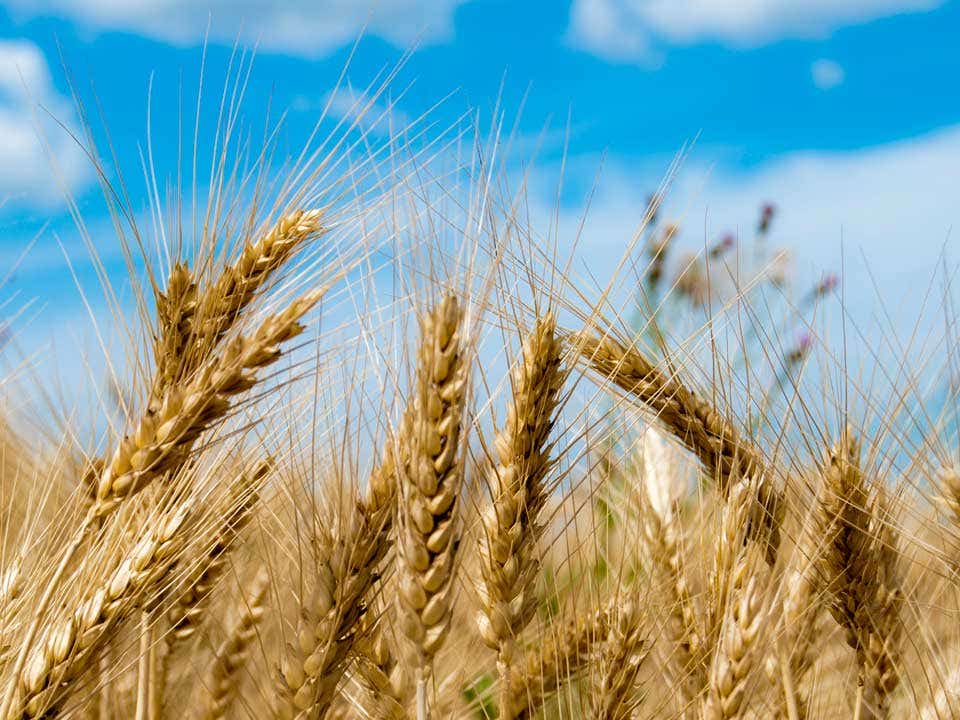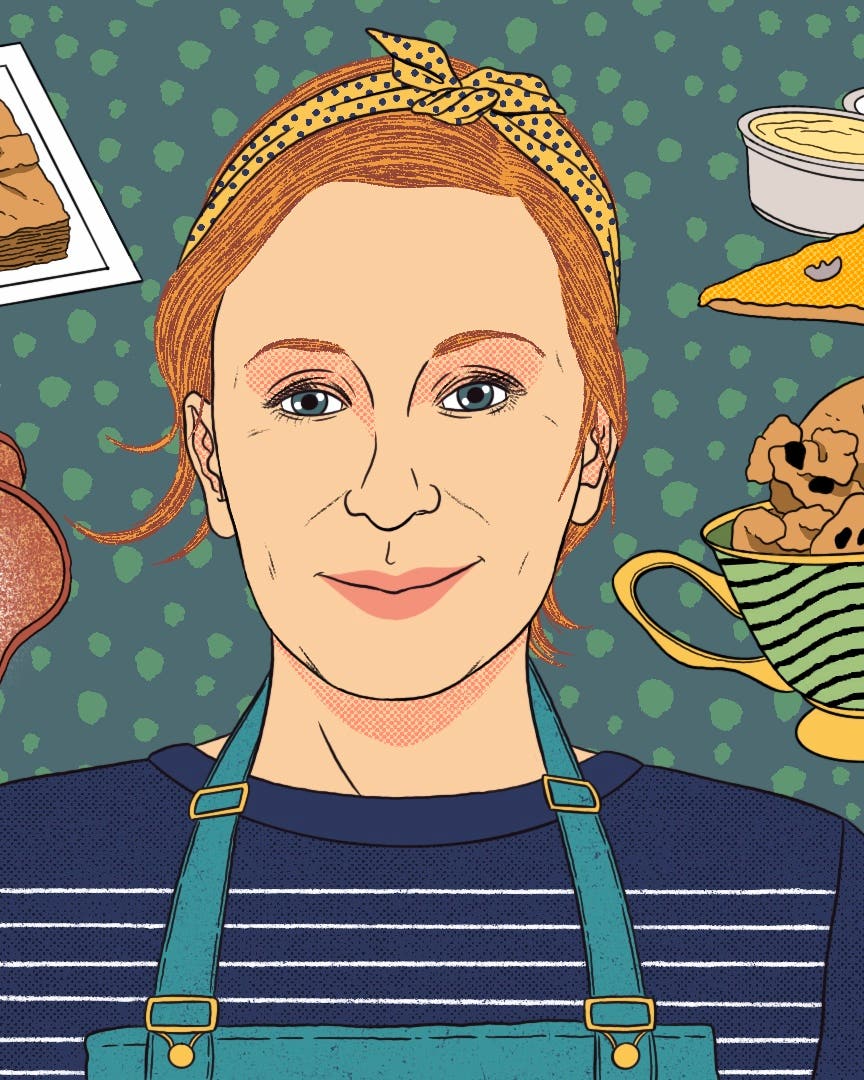
Back to the Wheat of the Future
When water gets scarce, modern industrial grains won’t do, which is why smart seed sleuths are reviving ancient, drought-resistant, and delicious forms of wheat
Gary John, a farmer in Hyder, Arizona, was looking for crops that could survive the desert heat when his friend, Arlo Streetch, came across the seed work of a woman named Monica Spiller.
Since the early 1990s, Spiller has been searching for a better kind of wheat. As the founder of the Whole Grain Connection, a member organization devoted to sustainable agriculture and whole grain stone milling, she has been testing varieties of wheat in California's Sacramento Valley to see which thrive without irrigation.
That search led her to test Mediterranean landrace grains—older varieties that have evolved in a specific environment and often thrive in places of marginal soil. And she discovered—or rather rediscovered—two varieties of durum wheat that are remarkably drought-tolerant: Durum-Iraq and Blue Beard. The latter of which, John has been growing for the past six years with minimal irrigation. Not only does it thrive where conventional modern crops struggle, but in the trusted hands of Jeff Zimmerman, the miller at Hayden Mills in Phoenix, it produces some pretty incredible flour. It seems the wheat of the future comes to us from the past.
Whether you're the kind of person who always buys heirloom tomatoes or you've never given thought to the idea of ancient grains, it's clear on first glance that the Blue Beard flour from Hayden Mills, made from John's crop, is pristine. The flour's aroma is almost toasty and corn-like. It tastes as wheat should and so often doesn't, like it comes from the earth and has a sense of place. Which makes sense given that Blue Beard evolved for millennia to survive a harsh landscape, and super-durable landrace wheats have shaped regional cuisines across the world. Durum, which grew well in the Mediterranean, inspired Italy's pastas and Middle Eastern flatbreads. Hard red winter wheats from the plains were the foundation of bread as we know it.
In the last century, those regional crops have steadily homogenized. Ever since industrial roller milling replaced stone milling in the 1880s, wheat has been bred to create a consistent product within an industrial baking ecosystem, rejecting those delicious yet less efficient wheats for more easily scalable varieties. White flour, a product of industrial milling—made of the wheat’s endosperm with the bran and germ removed—can absorb water faster, shortening the baking process, and has a longer shelf life because the germ goes rancid if not eaten fresh.
Landrace varieties, on the other hand, were grown to be eaten whole. The bran and germ, the source of flavor, weren’t separated and sold as animal feed—they were selected for taste.
“The flavor, if it had been poor, would have been rejected,” says Spiller, “so the landrace varieties by default are likely to have a good flavor if they were grown for food.”
Jeff Zimmerman, the miller at Hayden Mills, describes the difference between landrace wheat and modern varieties as the difference between a live music performance and an MP3 recording.
“With modified grain, you’re only getting a representation. You can still listen to the song and hear the words and get the beat. But you’re missing part of the true fidelity of that song, the true fidelity of flavor.”
Of course, matching the grain to its landscape and tending to it properly is just as important as the genetics. Because any plant like grapes for wine will shift in character according to its terroir, the environment dictating the genes’ expression. And equally important to flavor is how the grain is processed.
"We need to prepare foods to maximize the goodness within them," explains Chris Bianco, the James Beard Award winning chef of Pizzeria Bianco in Pheonix, who frequently collaborates with Zimmerman. "For grain, that starts with a quality cereal, that's then fresh milled, and ends with a chef who knows how to work with it."
Which means it’s on us to know our wheat. A variety like Sonora, which was traditionally grown in California, has characteristics that make it good for cakes and pastry, Asian wheat noodles, and certain breads. Durum on the other hand is ideal for pastas. Likewise, cooking methods for refined flours don’t always translate to whole grains, which may require longer absorption times, and should be milled fresh for the fullest expression of flavor, like spices.
The flavor’s worth it, Bianco insists. “You want to pair Blue Beard with something richer, fattier, deeper like unctuous mushrooms and woodsy flavors and bones. Things that are deep.”
But there’s more at stake than a better plate of pasta. “It’s not about just saving these grains so rich people have cool things to eat,” says Zimmerman. “It’s about saving them because they grow in places that are impacted by climate change and places of marginal soil.”
Water isn’t limitless, and the search for crops that demand less or no irrigation is a vital agricultural mission. When John bought his farm 37 years ago, it was 210 acres of desert earth. But there was good water a few miles to the north and south, so he cleared away the roughness and the brush, leveled the ground, and drilled into solid clay. He drilled 1,400 feet but only found brackish water at 300 feet.
There’s a picture of John standing in his first true field of Blue Beard, the second year of planting, his arms outstretched, the green-blue grass, not yet golden, reaching up to his chin and spreading behind him. That was four acres. This year he planted 40. It’s still a small operation—maybe it always will be—but as some of the most sophisticated cuisines grew from limited and local resources, so too has Blue Beard, a rather tall and attractive grain, withstood the desert to produce depth of flavor.
Keep Reading
Continue to Next Story










